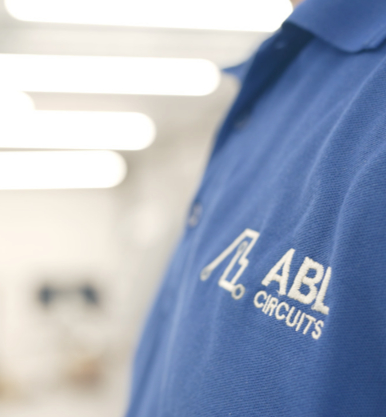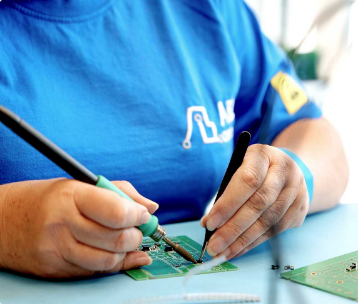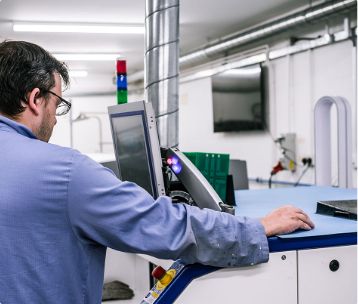Flexible PCBs
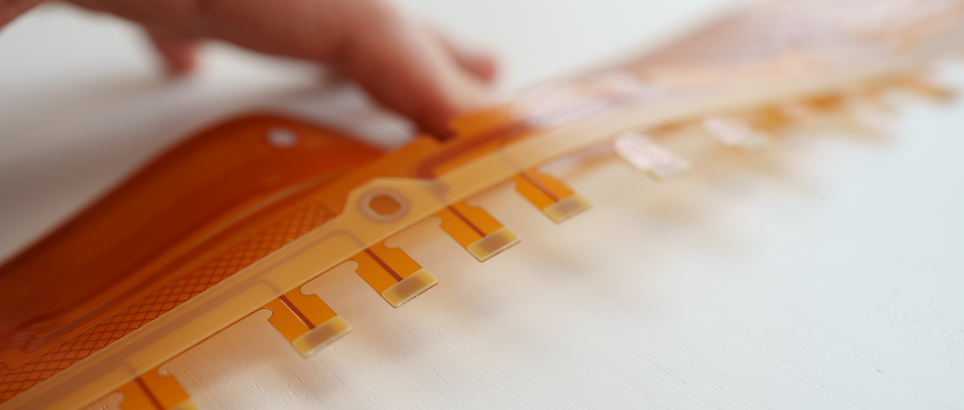
What is a Flexible PCB?
A flexible printed circuit board (PCB), also known as a flex PCB or flex circuit, is a type of PCB where electronic components are mounted onto a flexible plastic substrate. Unlike rigid PCBs, which require the product to conform to the board’s shape, flexible PCBs are designed to fit seamlessly into the contours of the device.
Flex PCBs are typically thin, lightweight, and highly adaptable, making them ideal for applications with limited space or complex shapes that would challenge traditional circuit boards.
What Are the Benefits of Flexible PCBs?
Flexible PCBs offer several compelling advantages:
- Space-saving design - Flex PCBs take up less space and weigh less than traditional circuit boards, helping reduce the overall size and weight of your product.
- Flexibility - As the name suggests, flex PCBs can bend and fold, allowing for tight bends and curved configurations within a device.
- Heat resistance - Thanks to materials like polyimide, flex PCBs dissipate heat effectively and can operate in extreme temperature conditions.
- Wide compatibility - Flexible PCBs work well with a broad range of components and connectors, often using smaller or more cost-effective connectors.
Beyond these benefits, flex PCBs also reduce material usage, require less packaging, and typically carry lower replacement costs, all of which help improve product efficiency and sustainability.
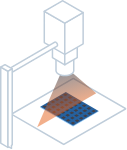
Looking for a bespoke manufacturing solution?
See how ABL Circuits can help you today:
Quick Quote
Alternatively, for a quick overview, fill out the basic form to the right.





